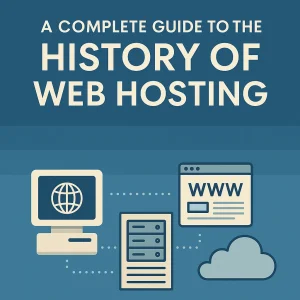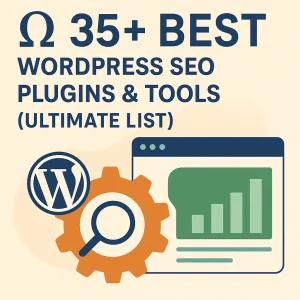Exclusivity is wonderful, especially when it comes to access to the resources that mean productivity and profitability for your organization. The cost of having that exclusive access is often what tempers the level of enthusiasm and willingness to jump all over opportunities to have it. Emphasizing all the advantages that yours may gain from cloud computing by laying sole claim to resources in the cloud that make that possible will be beneficial for obvious reasons, but can you afford it?
That is always going to be the most basic but foremost question when it comes to weighing public cloud computing versus private. Public cloud computing is decidedly affordable, and it will meet the functional needs of the majority of organizations or businesses based on the related needs created by what it is that they do. Ask people where they think the biggest shortcoming will be and they’ll think that it will be with speed and in particular with server requests around data.
Not so though, and here at 4GoodHosting we having something of an intermediary interest in this. As a good Canadian web hosting provider we know the direct interest business web hosting customers will have as they may well be weighing their options with cloud computing nowadays too. So this will be the subject for our interest this week – standard considerations for decision makers when it comes to public vs private cloud.
Mass Migrations
The industry’s expectation is that a minimum of 80% of organizations are expected to migrate to the cloud by the year 2025. But easy access and management of all your data isn’t guaranteed, and so organizational leaders will need to be very judicious about how they make their move. Different types of cloud services are there to choose from, but the vast majority will be option for some variant of either the public and private cloud.
There are pros and cons to each, so let’s get right to evaluating all of them.
The public cloud provides cloud computing services to the public over the internet, with off-site hosting and managed by a service provider the whole time to have control over infrastructure, back-end architecture, software, and other essential function all provided at a very reasonable cost. This option always appeals to single users and businesses who are drawn to ‘pay-as-you-go’ billing model given the limitations of the scope of their business operations.
The private cloud will also be referred to as the ‘enterprise cloud’ and both terms fit for the arrangement where cloud services are provided over a private IT infrastructure made available to a single organization. All management is handled internally and with a popular VPC setup (virtual private cloud) over a 3rd-party cloud provider’s infrastructure you pretty much have the best cloud computing arrangement when it comes to autonomy, reliability, and the ability to have infrastructure challenges addressed in a timely manner. Plus Services are hidden behind a firewall and only accessible to a single organization.
Pros for Each
The biggest difference is definitely with growth rates, and those rates are to some extent a reflection of adoption preferences for people / companies and why one or the other is a better fit for greater numbers of them. Public cloud spending continues to steam ahead at a rate around 25% over the past couple of years, while it’s just around 10% for private cloud adoption for that time. That second number is continuing to go down though.
The pros for Public Clouds are that they offer a large array of services and the pay-as-you-go system without maintenance costs appeals to decision makers for a lot of reasons. Most public cloud hosting providers will be able to offer enterprise-level security and support, and you’ll also benefit from faster upgrades and speedier integrations that make for better scalability.
The pro for Private Clouds is singular and not plural, and it is simply in the fact that you have such a massively greater level of accessibility and control over your data and the infrastructure you choose to have in place for it.
Cons for Each
Drawbacks for public cloud solutions are that your options with customization and improving infrastructure are always limited, and this is even more of a shortcoming if you’re looking to integrate legacy platforms. And some may find that the affordability of the pay-as-you-go system is countered by difficulties working that into an operating budget, not sure about what is required for payment until the end of the month.
The public cloud will also require businesses to rely on their cloud hosting company for security, configuration, and more. Being unable to see beyond front-end interfaces will be a problem for some, and others won’t be entirely okay with legal and industry rules that make sticking to compliance regulations a bit of a headache sometimes. Security is always going to weaker with the public cloud too, although that won’t come as a surprise to anyone. You’re also likely to have less service reliability.
Private cloud drawbacks are not as extensive, despite the increased complexity. As we touched on at the beginning here, a quality private clod setup is definitely going to cost you considerably more and there are higher start-up and maintenance costs too. One that will be less talked about but still very relevant for many will be way that gaps in knowledge found with IT staff can put data at risk, and for larger businesses this is even more of one.
The extent to which you have remote access may also be compromised. Slower technology integration and upgrades take away from scalability too, but for many the security and reliability of a private cloud make them willing to look through these shortcoming and make adaptations on their end to work with them.















